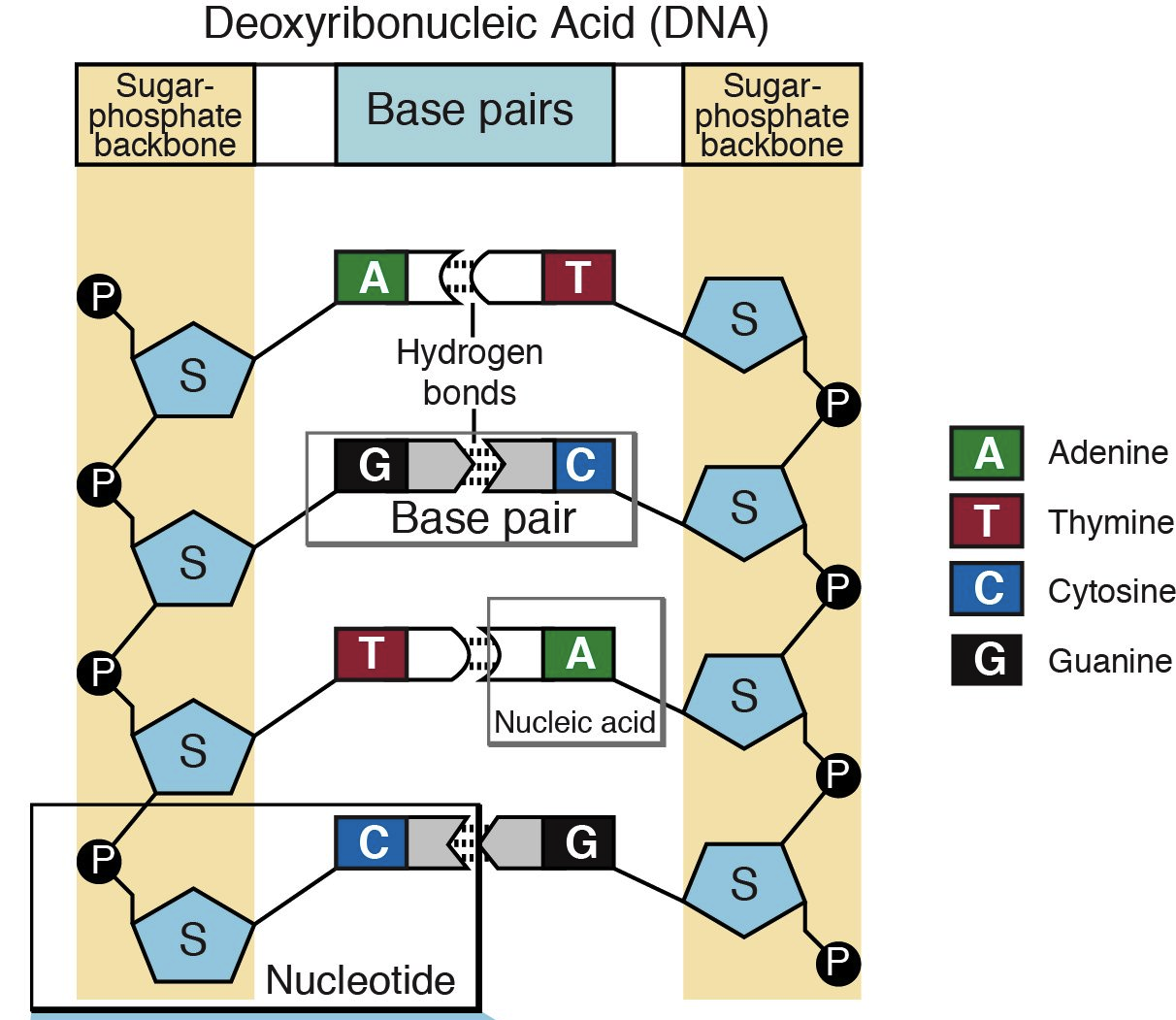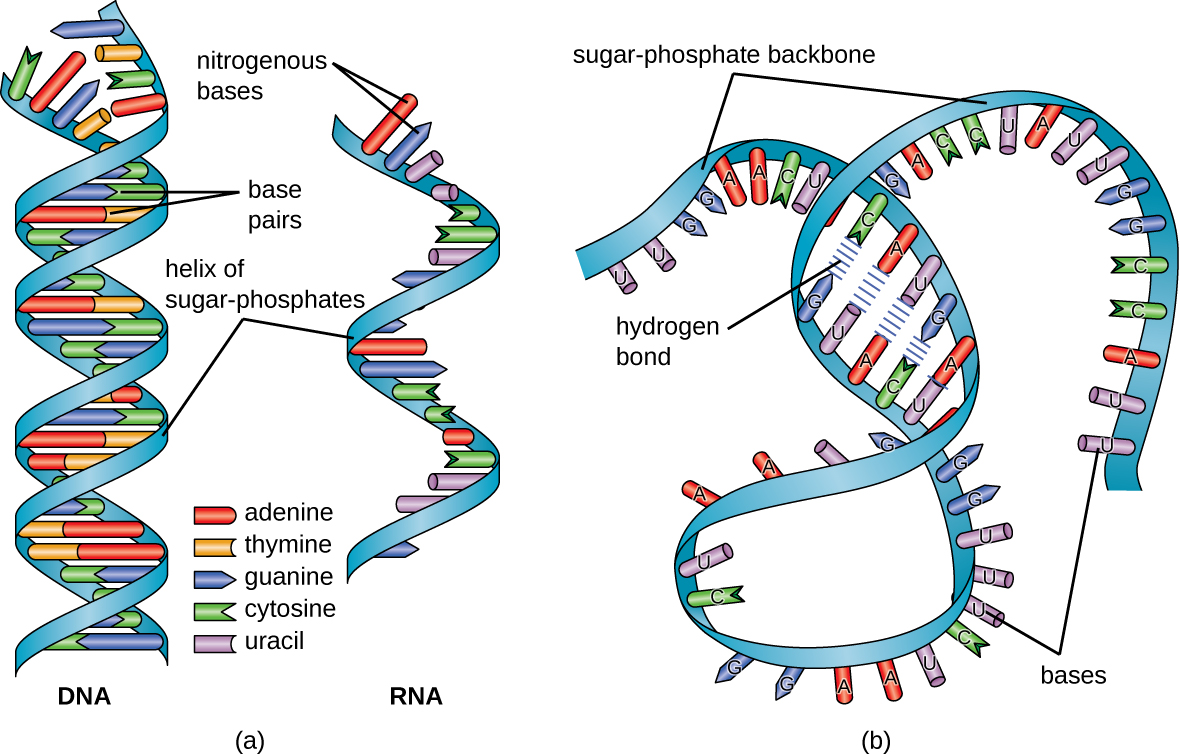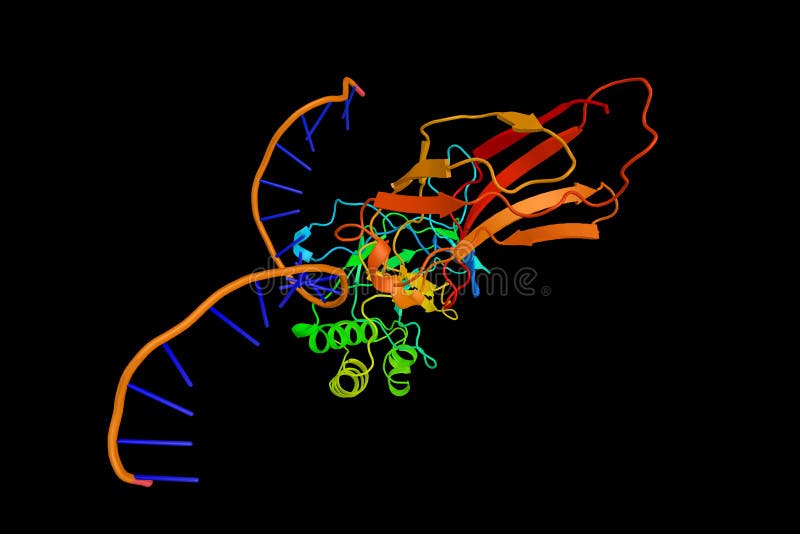

We discuss briefly the answers to these questions in this section, and we shall examine them in more detail in subsequent chapters.ĭNA encodes information through the order, or sequence, of the nucleotides along each strand.

Two central biological questions arise from these requirements: how can the information for specifying an organism be carried in chemical form, and how is it accurately copied? The discovery of the structure of the DNA double helix was a landmark in twentieth-century biology because it immediately suggested answers to both questions, thereby resolving at the molecular level the problem of heredity. Genes carry biological information that must be copied accurately for transmission to the next generation each time a cell divides to form two daughter cells. The Structure of DNA Provides a Mechanism for Heredity To maximize the efficiency of base-pair packing, the two sugar-phosphate backbones wind around each other to form a double helix, with one complete turn every ten base pairs ( Figure 4-5). In this arrangement, each base pair is of similar width, thus holding the sugar-phosphate backbones an equal distance apart along the DNA molecule. This complementary base-pairing enables the base pairs to be packed in the energetically most favorable arrangement in the interior of the double helix. 120–121) is paired with a single-ring base (a pyrimidine) A always pairs with T, and G with C ( Figure 4-4). In each case, a bulkier two-ring base (a purine see Panel 2-6, pp. Because these two chains are held together by hydrogen bonding between the bases on the different strands, all the bases are on the inside of the double helix, and the sugar-phosphate backbones are on the outside (see Figure 4-3). The three-dimensional structure of DNA- the double helix-arises from the chemical and structural features of its two polynucleotide chains. This polarity in a DNA chain is indicated by referring to one end as the 3′ end and the other as the 5′ end. Moreover, the two ends of the chain will be easily distinguishable, as one has a hole (the 3′ hydroxyl) and the other a knob (the 5′ phosphate) at its terminus. If we think of each sugar as a block with a protruding knob (the 5′ phosphate) on one side and a hole (the 3′ hydroxyl) on the other (see Figure 4-3), each completed chain, formed by interlocking knobs with holes, will have all of its subunits lined up in the same orientation. The way in which the nucleotide subunits are lined together gives a DNA strand a chemical polarity. A DNA molecule is composed of two (more.) DNA is made of four types of nucleotides, which are linked covalently into a polynucleotide chain (a DNA strand) with a sugar-phosphate backbone from which the bases (A, C, G, and T) extend.

These same symbols (A, C, G, and T) are also commonly used to denote the four different nucleotides-that is, the bases with their attached sugar and phosphate groups.ĭNA and its building blocks. Because only the base differs in each of the four types of subunits, each polynucleotide chain in DNA is analogous to a necklace (the backbone) strung with four types of beads (the four bases A, C, G, and T). The nucleotides are covalently linked together in a chain through the sugars and phosphates, which thus form a “backbone” of alternating sugar-phosphate-sugar-phosphate (see Figure 4-3). In the case of the nucleotides in DNA, the sugar is deoxyribose attached to a single phosphate group (hence the name deoxyribonucleic acid), and the base may be either adenine (A), cytosine (C), guanine ( G), or thymine (T). 120-121), nucleotides are composed of a five-carbon sugar to which are attached one or more phosphate groups and a nitrogen-containing base.

Hydrogen bonds between the base portions of the nucleotides hold the two chains together ( Figure 4-3). Each of these chains is known as a DNA chain, or a DNA strand. A DNA Molecule Consists of Two Complementary Chains of NucleotidesĪ DNA molecule consists of two long polynucleotide chains composed of four types of nucleotide subunits.


 0 kommentar(er)
0 kommentar(er)
